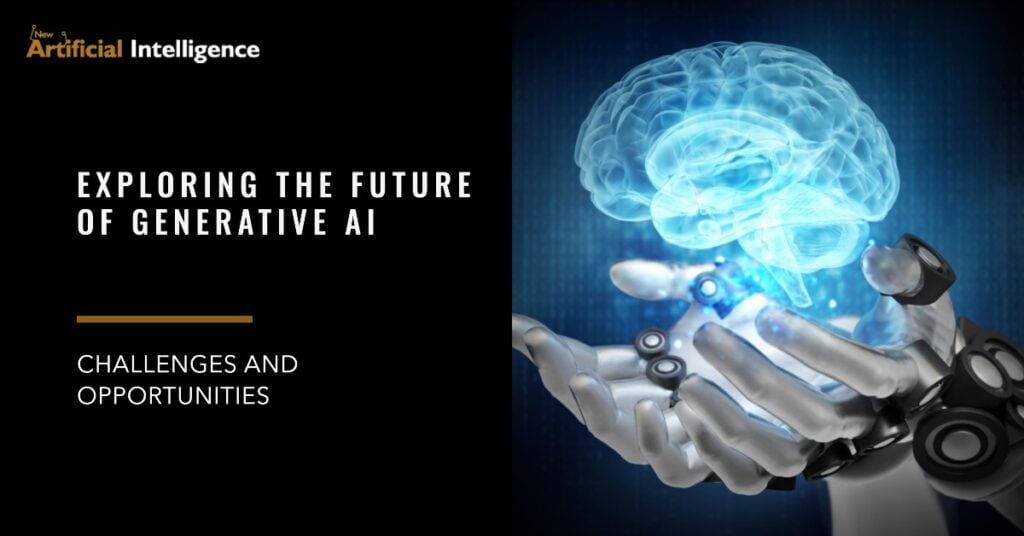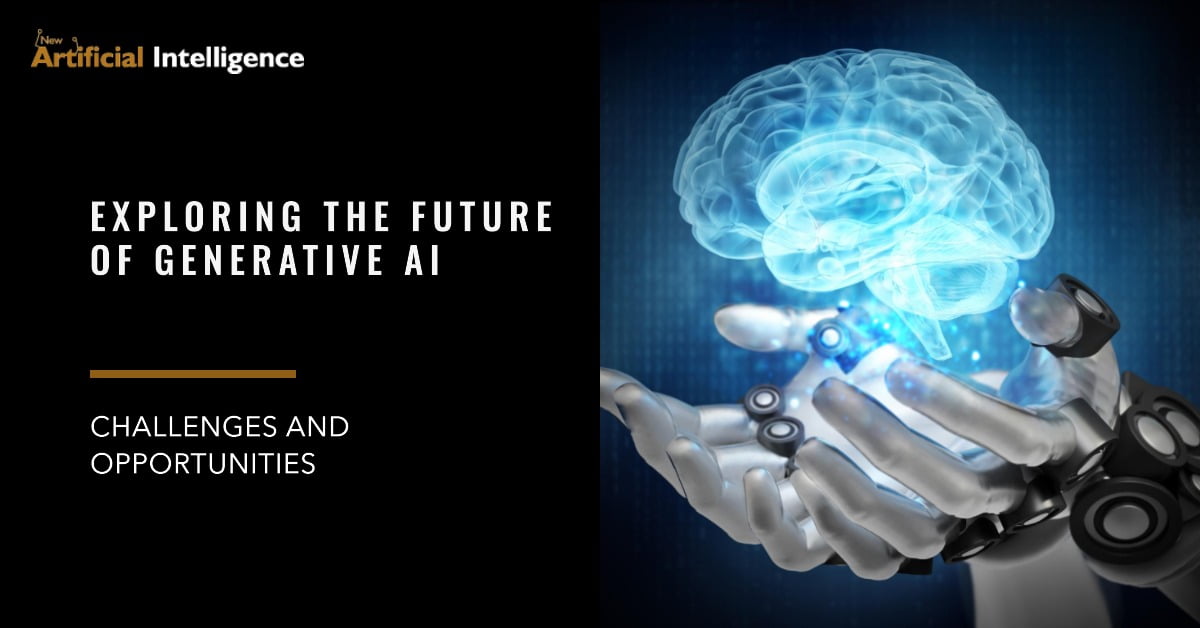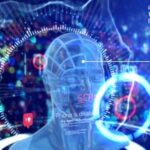The Power of Generative Artificial Intelligence
Table of Contents
Generative artificial intelligence (AI) is swiftly transforming our world, unlocking exceptional possibilities in creativity and innovation. This current era, capable of generating entirely new content, is poised to revolutionize diverse industries like artwork, design, songwriting, writing, and beyond.
What is generative AI?
Unlike traditional AI, which specializes in analyzing and know-how of existing facts, generative AI creates new and authentic content material. This is finished through numerous techniques, including:
- Generative Adversarial Networks (GANs): Two neural networks compete against each other, generating new content and discriminating its authenticity. This steady opposition leads to more and more practical and creative outputs.
- Variational Autoencoders (VAEs): These models compress statistics into a latent area and then learn to reconstruct it, considering variations in the authentic information.
- Transformers: These powerful language models examine vast quantities of textual facts and may generate textual content, translate languages, write distinct varieties of creative content, and answer your questions informally.
The Rise of Creative Machines:
Generative AI is already making waves in various innovative fields.
- Art and Design: AI can generate stunningly realistic photographs, artwork, and sculptures, pushing the boundaries of artistic expression.
- Music and Sound Design: AI-powered systems can compose unique song portions, create soundscapes, or even lay out personalized soundtracks.
- Writing and Storytelling: AI can generate particular and engaging content, from short testimonies and poems to scripts and news articles.
- Product Design and Development: AI can generate innovative product thoughts, optimize designs, or even create prototypes, accelerating the design process.
Beyond Creativity: The Applications of Generative AI
Generative AI’s potential extends far beyond the world of artistic creation. It can revolutionize industries like:
- Drug Discovery: AI can generate new drug molecules and optimize the present ones, leading to faster and more efficient drug improvement.
- Materials Science: AI can design new materials with unique properties, paving the way for innovative products and technology.
- Food Science: AI can create personalized meal recommendations, develop sustainable food solutions, and invent new flavours and textures.
- Fashion and Retail: AI can customize purchasing stories, generate garb designs, and optimize stock management.

The Future of Generative AI: Challenges and Opportunities
Despite its gigantic capability, generative AI faces numerous demanding situations, including:
- Ethical Concerns: Bias in training records can result in discriminatory outputs, and the capacity for misuse in this era necessitates cautious attention to ethical implications.
- Copyright and Ownership: Ownership of AI-generated content remains a grey area, requiring prison frameworks to cope with copyright issues and ensure honest compensation for creators.
- Job displacement: As AI automates creative obligations, concerns arise about capacity job losses, highlighting the need for reskilling and upskilling projects.
However, accountable development, robust prison frameworks, and non-stop education can overcome these demanding situations. By embracing the electricity of generative AI and addressing its challenges, we can unencumber a destiny full of creativity, innovation, and progress.
FAQs about Generative AI:
1. Will AI replace artists and creators?
Generative AI is only sometimes meant to replace artists and creators but enhances their competencies. AI tools can help artists generate new ideas, experiment with one-of-a-kind patterns, and free up time to focus on the extra innovative factors in their work. However, some routine duties can be automated via AI, doubtlessly leading to task displacement in certain regions.
2. Who owns the copyright to AI-generated content?
Possessing AI-generated content material is a complicated issue with no clear legal precedent. Currently, it depends on various factors, which include the precise AI model used, the contribution of humans, and the terms of the provider of the platform website hosting the AI. Copyright laws are evolving to address these rising problems; however, further clarification is needed to ensure honest reimbursement for creators and protect highbrow property rights.
3. Can AI actually be innovative?
Creativity is a complex idea that does not use an unmarried definition. While AI can generate seemingly innovative outputs, some argue it lacks actual information and intentionality, which can be fundamental elements of human creativity. However, AI can stimulate human creativity by presenting new perspectives and opportunities, blurring the traces between artificial and herbal creation.
4. How can we ensure that AI is used ethically?
Ethical concerns are crucial while growing and using generative AI. Some essential problems to cope with include:
- Bias: AI structures can perpetuate statistical biases, leading to discriminatory outputs. Applying numerous school statistics and expanding algorithms that mitigate preference is essential.
- Privacy: AI models may also require admission to touchy private statistics. Ensuring statistics privacy and safety is vital to guarding people’s rights.
- Transparency: The inner workings of AI fashion may be opaque. Increasing transparency and explainability is essential for building agreement and duty.
5. What are some excellent resources to learn more about generative AI?
There are numerous online assets to be had to analyze more fantastic approximately generative AI, along with:
- Books: “Generative Deep Learning” utilizing David Foster, “The Creativity Code” using Marcus du Sautoy
- Websites: OpenAI Blog, Google AI Blog, Papers with Code
- Online Courses: Coursera, Udemy, edX
- YouTube channels: Lex Fridman, Two Minute Papers, 3Blue1Brown
By actively engaging with these sources, you could become knowledgeable about the contemporary advancements in generative AI and take part in shaping its destiny.
Conclusion:
Generative artificial intelligence represents a paradigm shift in our know-how of creativity and its potential. This era is not about changing human creators; as a substitute, it’s about empowering them with new equipment and possibilities. As we progress, we must approach method-generative AI with careful optimism, foster responsible improvement, and ensure all share its blessings.
Are you excited about the prospect of generative AI? Transfer your thoughts and questions in the comments below!












11 thoughts on “Unleashing Creativity: The Power of Generative Artificial Intelligence”